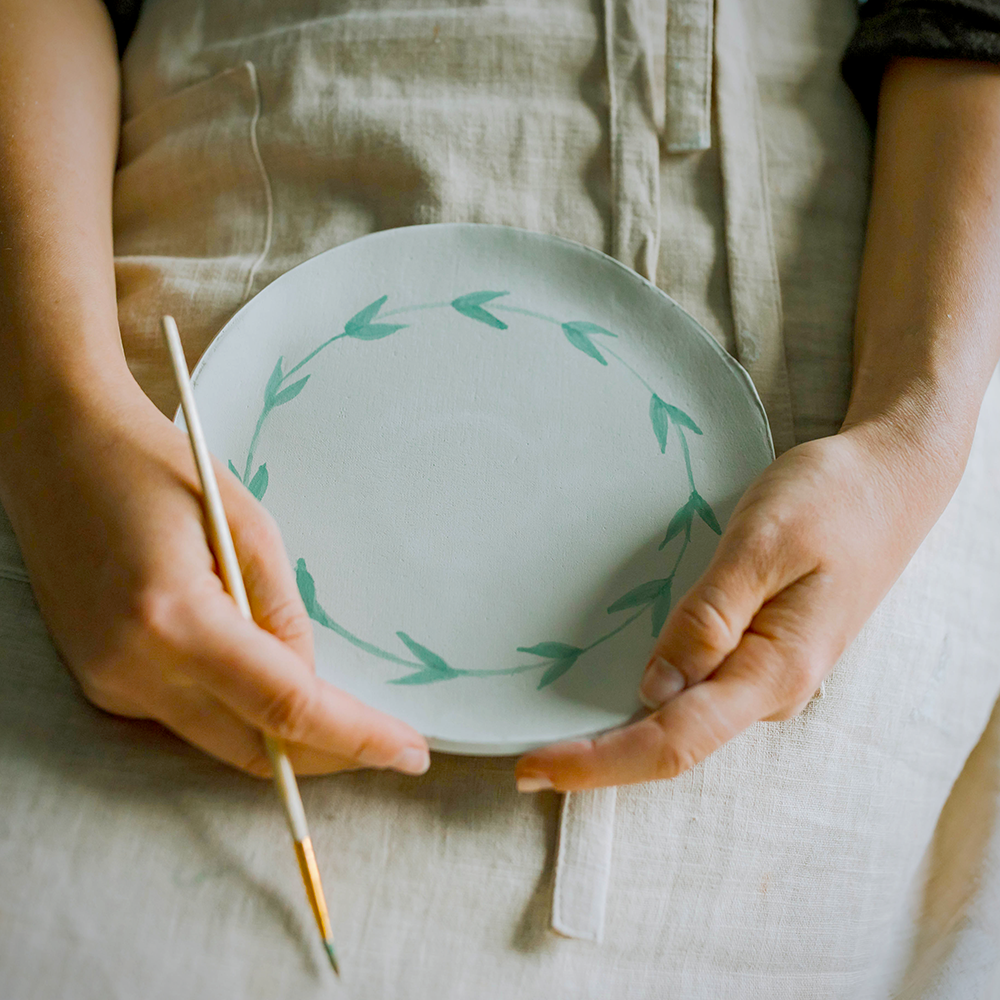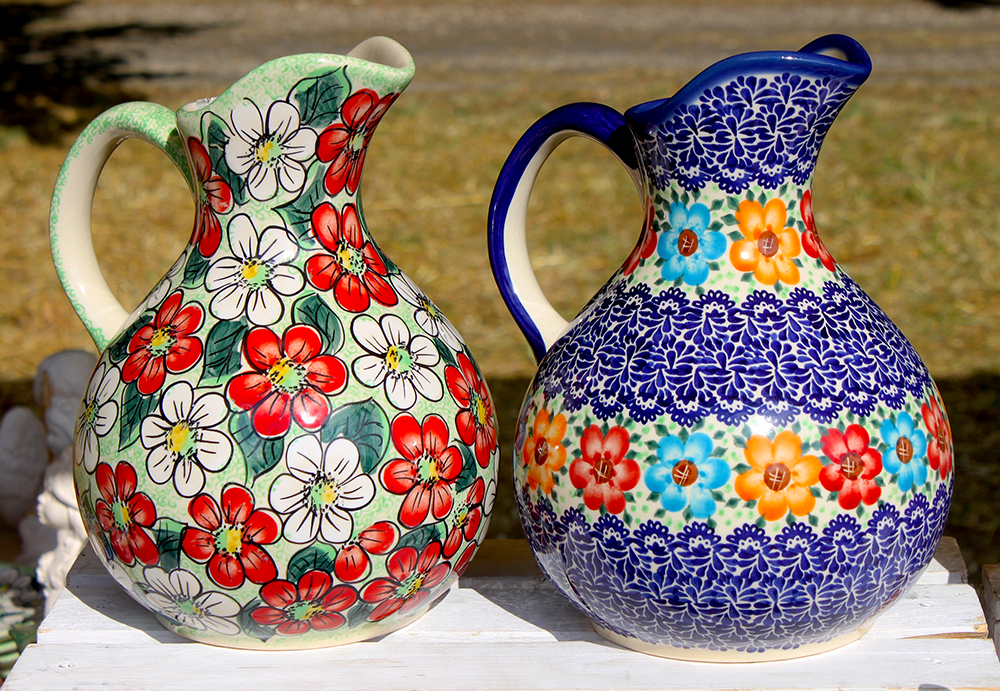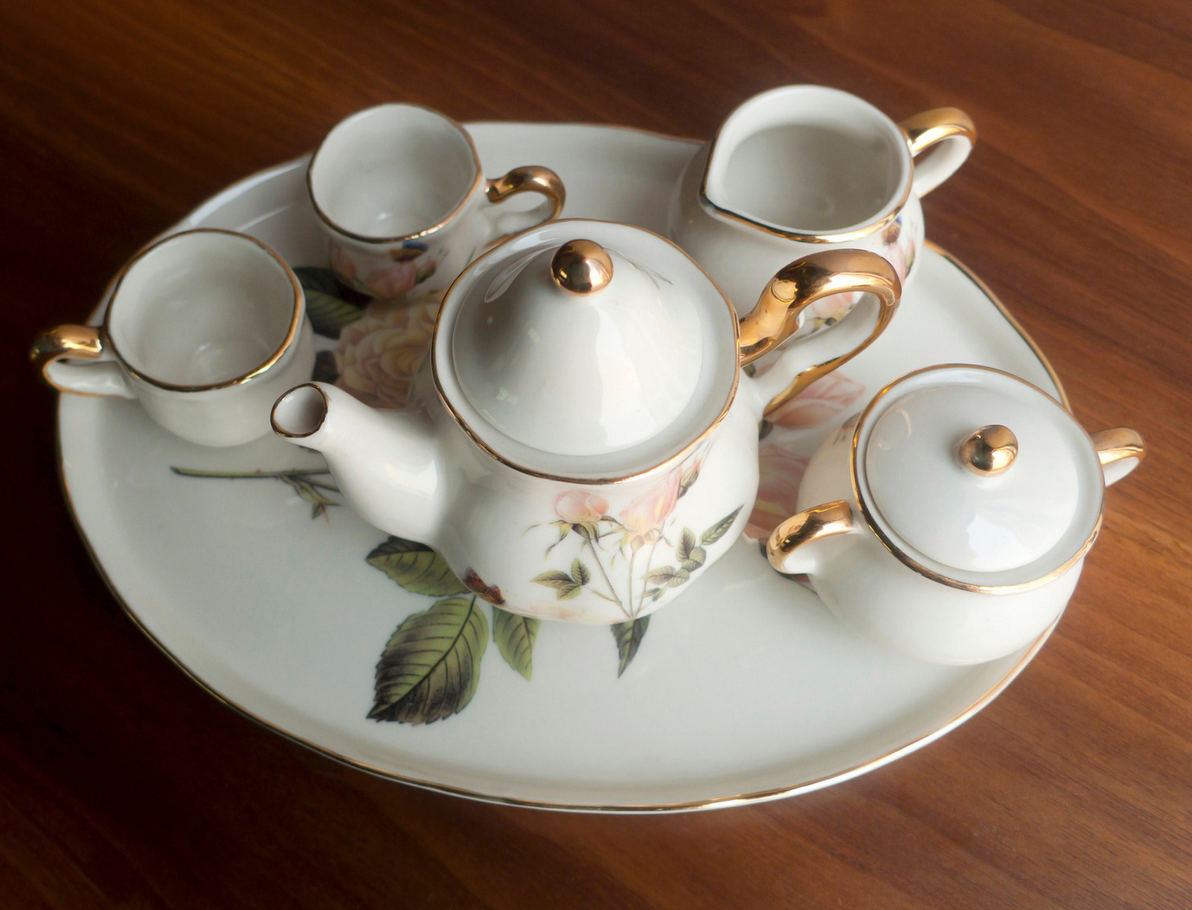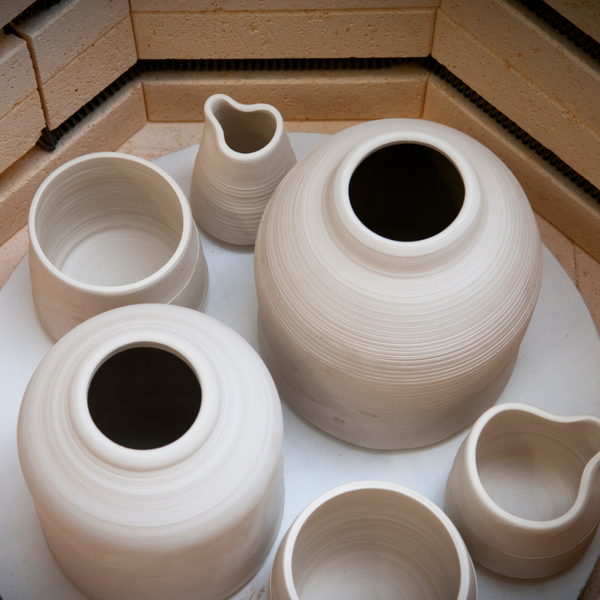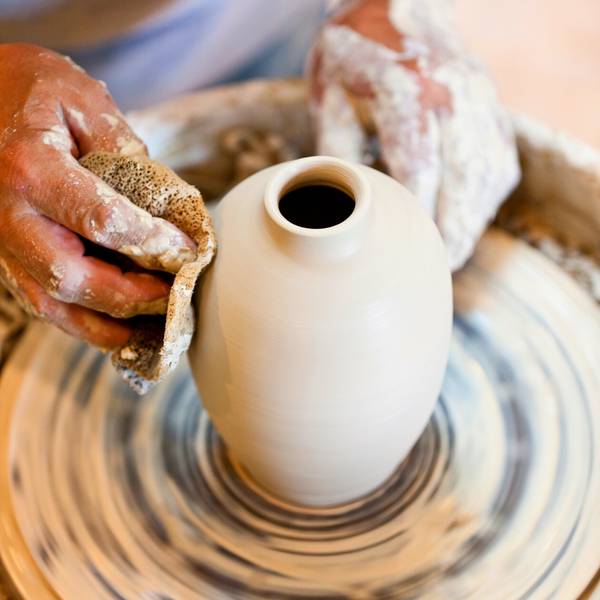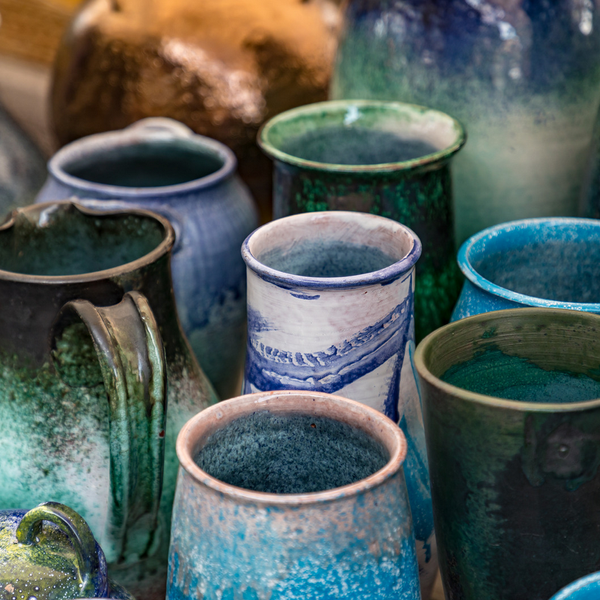Ever wondered what makes Italian pottery so captivating?
You're about to find out!
Italian pottery, famously known as "maiolica," is a stunning form of tin-glazed earthenware that has enchanted art lovers since the Renaissance.
With its vibrant colors, intricate designs, and rich historical significance, maiolica is a true testament to Italy's artistic heritage.
Influenced by Spanish and Islamic art, this pottery has evolved over centuries, yet it continues to hold a special place in both historical and modern contexts.
Let's dive into the world of maiolica and uncover its timeless beauty!
Key Takeaways:
- Italian pottery, known as "maiolica," is a distinctive form of tin-glazed earthenware that originated during the Renaissance.
- The art form is characterized by its vibrant colors, intricate designs, and historical significance, influenced by Spanish and Islamic designs.
- Italian maiolica has evolved over centuries, maintaining its cultural and artistic importance in both historical and modern contexts.
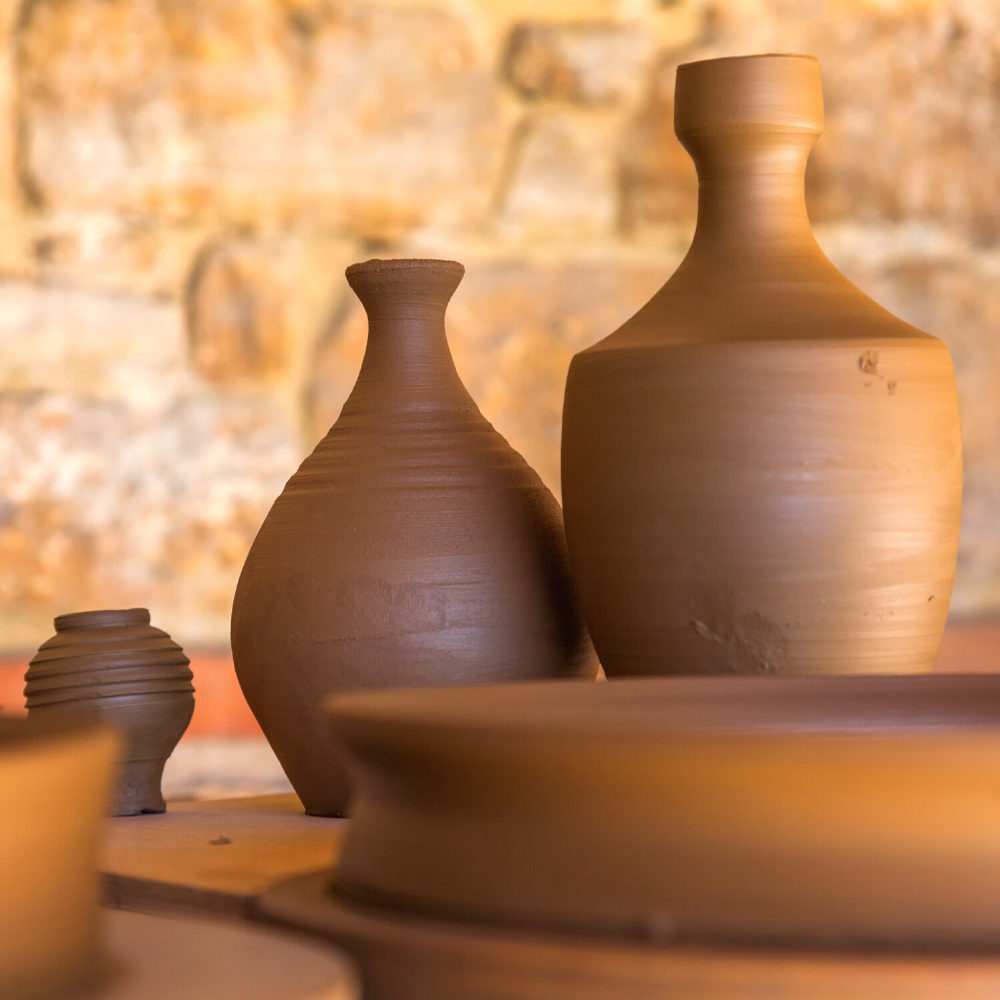
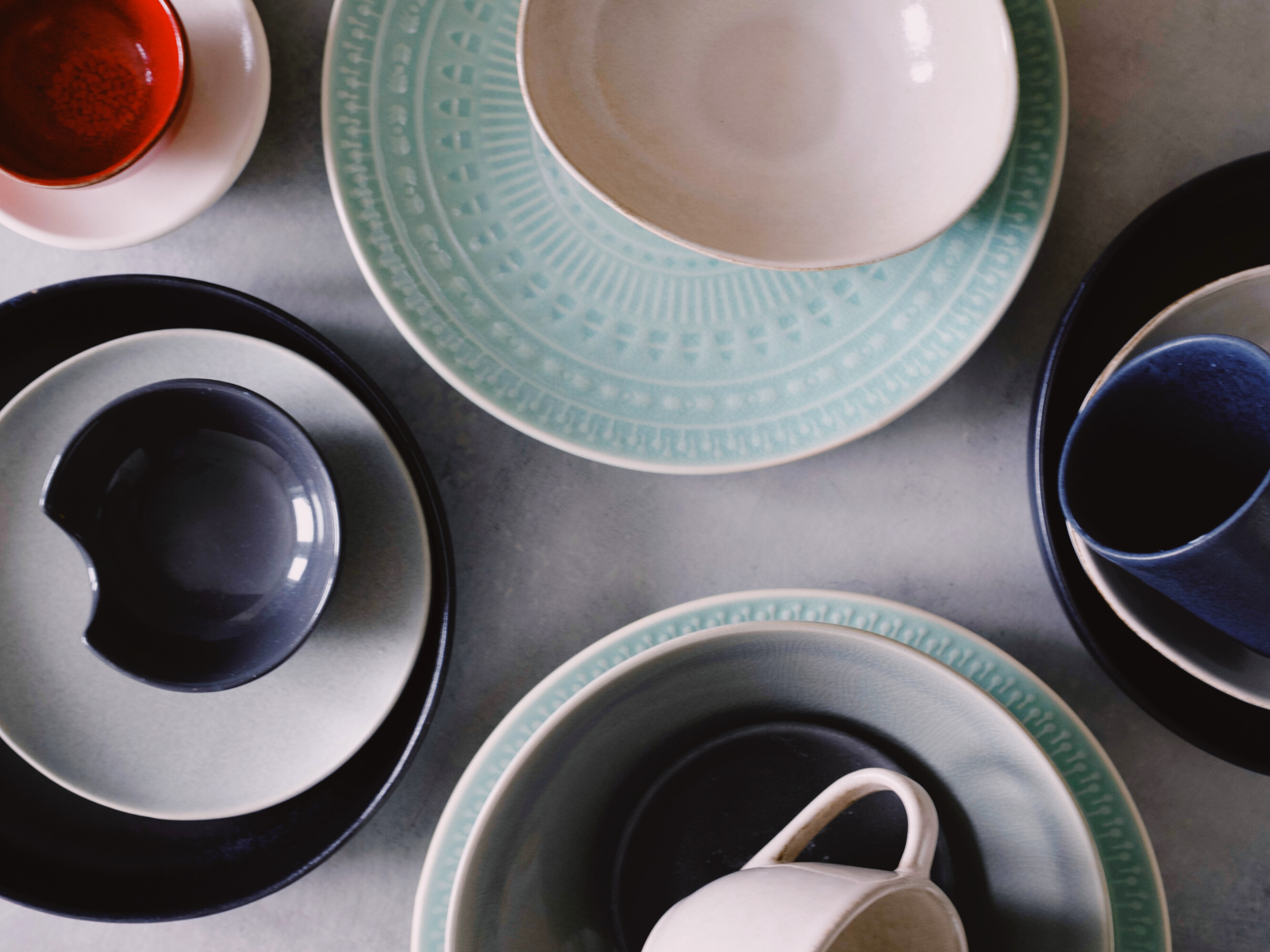

The Origins of Italian Pottery
Italian pottery, commonly referred to as "maiolica," is a unique and historically rich form of tin-glazed earthenware.
This art form dates back to the Renaissance period, where it flourished in central and northern Italy.
The term "maiolica" itself is derived from the Spanish island of Majorca, a significant trading hub for these ceramics during the Middle Ages.
The island played a pivotal role in the dissemination of this craft across Europe, particularly influencing Italian potters.
Maiolica pottery is renowned for its vibrant colors and intricate designs, which are achieved through a meticulous process of glazing and painting.
The clay body is first shaped and then coated with a tin glaze, which provides a white background for the subsequent decoration.
This technique allows for the creation of detailed and colorful patterns, often depicting scenes from mythology, history, and daily life.
The use of copper green, cobalt blue, and other vivid pigments is a hallmark of this style, making Italian maiolica a distinctive and highly prized form of ceramic art.
The Influence of Spanish and Islamic Designs
The development of Italian maiolica was significantly influenced by Spanish and Islamic designs.
During the Middle Ages, the Islamic world was renowned for its advancements in ceramic techniques, particularly in the use of tin glazes.
These techniques were introduced to Europe through Spain, which had been under Moorish rule for several centuries.
The Spanish potters, in turn, adapted these methods and incorporated their own stylistic elements, creating a unique blend of Islamic and Spanish pottery.
Italian potters adopted and further refined these techniques, leading to the creation of maiolica ware that was distinctively Italian.
The intricate geometric patterns, arabesques, and floral motifs characteristic of Islamic art were combined with the bold colors and figurative scenes favored by Italian artists.
This fusion of styles resulted in a rich and diverse tradition of Italian ceramics that continues to captivate collectors and art enthusiasts to this day.
The Renaissance and the Rise of Maiolica
The Italian Renaissance was a period of immense cultural and artistic growth, and maiolica pottery played a significant role in this artistic renaissance.
During the 15th and 16th centuries, Italian potters began to experiment with new techniques and styles, leading to the creation of some of the most exquisite examples of maiolica ware.
The city of Faenza, in particular, became a major center for the production of these ceramics, giving rise to the term "faience" to describe tin-glazed earthenware.
One of the most notable developments during this period was the introduction of the "istoriato" style, which featured detailed narrative scenes painted on the pottery.
These scenes often depicted historical events, biblical stories, and mythological tales, transforming the pottery into a canvas for storytelling.
Artists such as Luca della Robbia and his contemporaries elevated maiolica to the level of high art, creating pieces that were not only functional but also highly decorative and culturally significant.
Techniques and Materials
The creation of Italian maiolica involves a multi-step process that requires a high degree of skill and precision.
The first step is the shaping of the clay body, which is then fired at high temperatures to create a durable base.
After the initial firing, the pottery is coated with a tin glaze, which provides a smooth, white surface for painting.
This ceramic glaze is essential for achieving the bright, opaque colors that are characteristic of maiolica ware.
Once the glaze has been applied, the pottery is painted with various pigments, including copper green, cobalt blue, and manganese brown.
These colors are derived from metal oxides and are applied using fine brushes to create intricate designs and patterns.
After the painting is complete, the pottery undergoes a second firing, which fuses the glaze and pigments to the clay body, resulting in a glossy, durable finish.
In some cases, a third firing may be used to add additional layers of decoration or to apply colored lead glazes.
The Role of Maiolica in Daily Life
Throughout history, Italian maiolica has served both functional and decorative purposes.
In the Renaissance, these ceramics were used for a variety of everyday items, including plates, bowls, and apothecary jars.
The vibrant colors and intricate designs made them highly desirable for both practical use and display.
Wealthy patrons often commissioned custom pieces to showcase their status and taste, and maiolica became a symbol of refinement and sophistication.
In addition to its use in domestic settings, maiolica also played a significant role in religious and public life.
Churches and cathedrals were adorned with maiolica tiles and altarpieces, while public buildings and fountains featured elaborate ceramic decorations.
The versatility and beauty of maiolica made it a popular choice for a wide range of applications, from the mundane to the monumental.


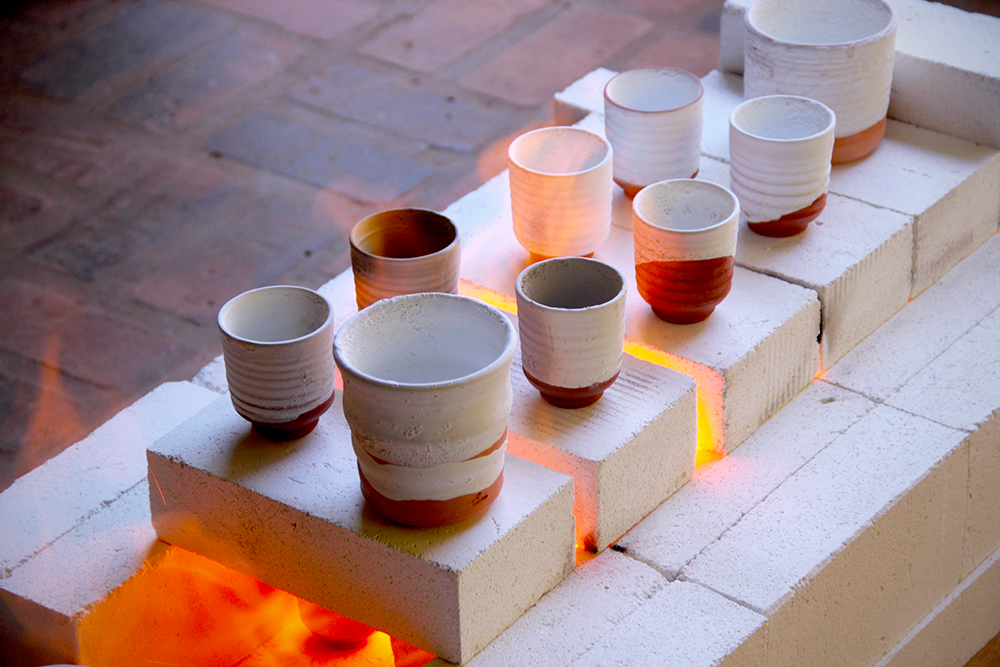
The Evolution of Maiolica Styles
Over the centuries, the styles and techniques of Italian maiolica have continued to evolve, reflecting changes in artistic trends and cultural influences.
During the Baroque period, for example, maiolica designs became more elaborate and ornate, with a greater emphasis on dramatic, theatrical compositions.
The Rococo period saw a shift towards lighter, more playful designs, often featuring delicate floral motifs and pastel colors.
In the 19th and 20th centuries, the revival of interest in traditional crafts and techniques led to a renewed appreciation for maiolica.
Artists and craftsmen began to explore new ways of incorporating historical styles into contemporary designs, resulting in a vibrant and diverse range of maiolica ware.
Today, Italian maiolica continues to be celebrated for its rich history, artistic excellence, and enduring appeal.
The Legacy of Italian Potters
The legacy of Italian potters is evident in the enduring popularity and influence of maiolica ceramics.
From the Renaissance to the present day, these artisans have played a crucial role in shaping the development of ceramic art.
Their innovations in glazing, painting, and firing techniques have set the standard for excellence in the field, and their work continues to inspire new generations of artists and collectors.
Museums and galleries around the world, including the Ashmolean Museum in Oxford, house extensive collections of Italian maiolica, showcasing the diversity and beauty of this art form.
These collections provide valuable insights into the history and evolution of maiolica, as well as the cultural and artistic contexts in which it was created.
The continued study and appreciation of Italian maiolica ensure that the legacy of these talented potters will endure for generations to come.
Modern Maiolica and Contemporary Artists
In the contemporary art world, maiolica continues to be a source of inspiration and innovation.
Modern artists and designers are exploring new ways to incorporate traditional techniques and styles into their work, creating pieces that are both rooted in history and relevant to today's aesthetic sensibilities.
This fusion of old and new has resulted in a dynamic and evolving tradition of maiolica that continues to captivate audiences around the world.
Contemporary maiolica artists often experiment with unconventional forms, colors, and patterns, pushing the boundaries of what is possible with this medium.
They draw on the rich heritage of Italian ceramics while also incorporating influences from other artistic traditions and cultures.
This cross-pollination of ideas and techniques has led to the creation of truly unique and innovative works of art that celebrate the enduring appeal of maiolica.
Collecting and Preserving Maiolica
Collecting Italian maiolica can be a rewarding and enriching experience, offering a glimpse into the history and artistry of this remarkable ceramic tradition.
Whether you are a seasoned collector or a newcomer to the world of ceramics, there are many factors to consider when acquiring maiolica pieces.
Authenticity, condition, and provenance are all important aspects to evaluate, as well as the artistic and historical significance of the piece.
Preserving maiolica requires careful handling and maintenance to ensure its longevity.
These ceramics are delicate and can be susceptible to damage from environmental factors such as temperature fluctuations, humidity, and exposure to light.
Proper storage and display, as well as regular cleaning and conservation, are essential to maintaining the beauty and integrity of maiolica ware.
By taking these precautions, collectors can enjoy their maiolica pieces for many years to come.
Embracing the Timeless Allure of Maiolica
The enchanting world of maiolica stands as a testament to Italy's rich artistic heritage.
This vibrant, intricate, and historically significant form of pottery has not only survived but thrived through centuries of evolving artistic trends.
From its Renaissance origins to its modern-day appreciation, maiolica continues to captivate art lovers and inspire contemporary creators.
Its unique blend of functionality and decorative beauty ensures that maiolica remains a cherished and enduring art form.
So, whether you're an art enthusiast or a casual admirer, embracing the timeless allure of maiolica is a journey into the heart of Italy's cultural legacy.

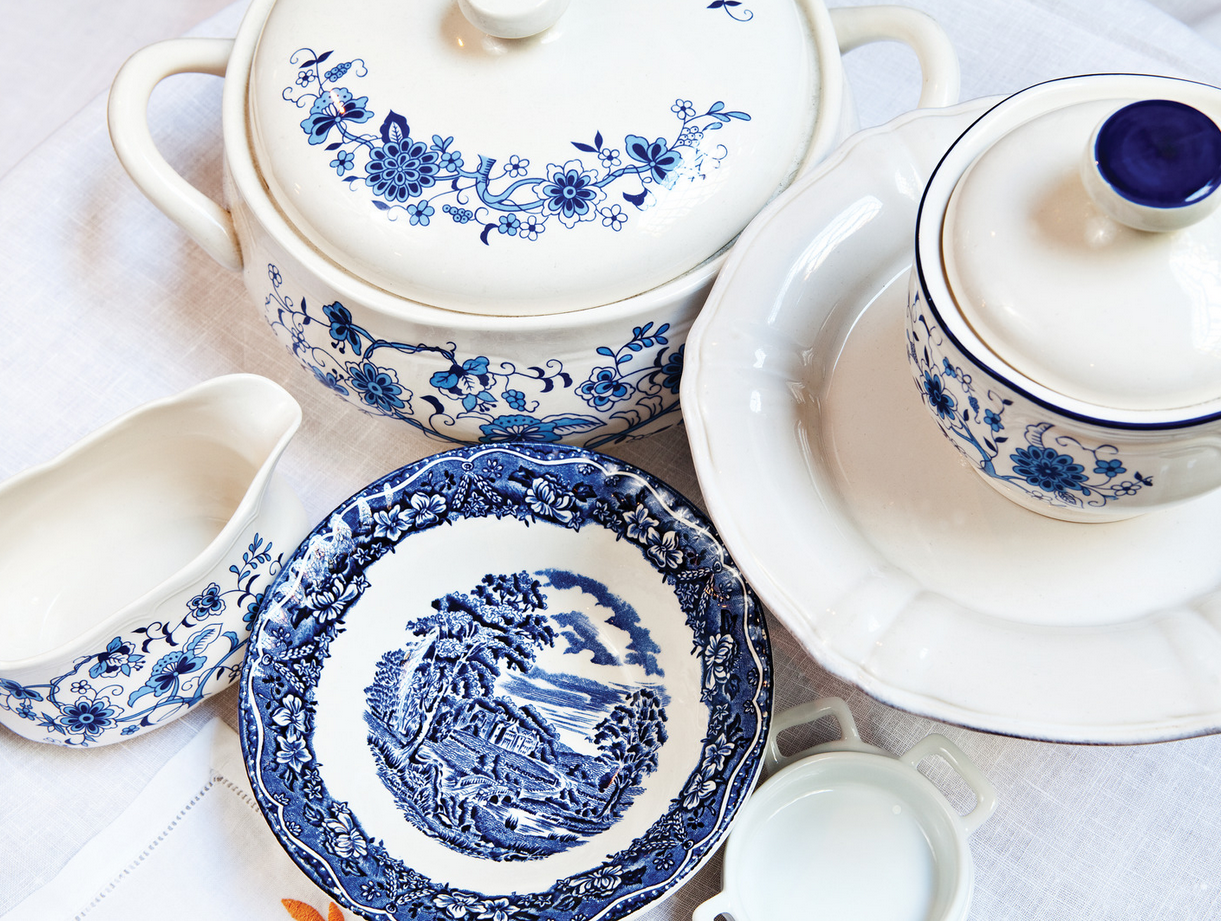
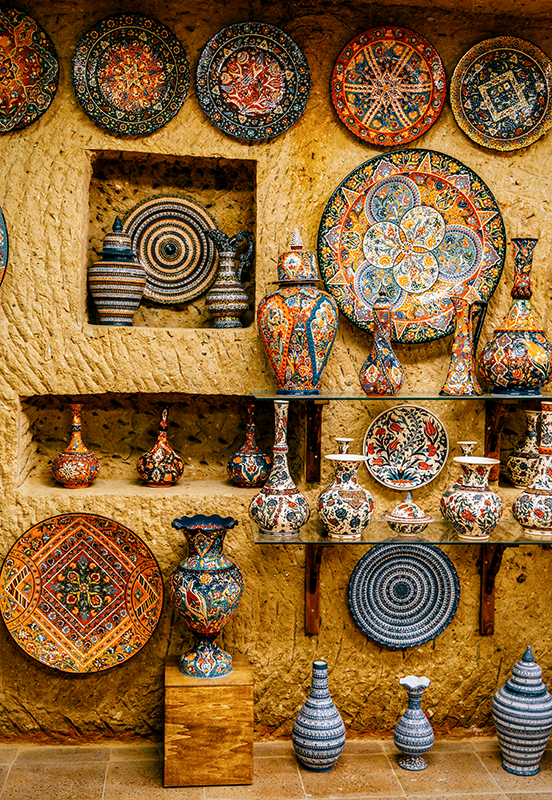
Pottery FAQs
Are you curious about the fascinating world of Italian pottery? You're in the right place!
This FAQs section is here to unravel the mysteries behind this timeless art form.
From understanding what Italian pottery is called to discovering the intricate process of making maiolica, we've got all your burning questions covered.
Dive in to explore the rich history, vibrant themes, and unique motifs that make Italian maiolica a true masterpiece of craftsmanship.
What is Italian pottery called?
Italian pottery is commonly referred to as "maiolica." This term describes a type of tin-glazed earthenware that originated during the Renaissance and is known for its vibrant colors and intricate designs.
How is Italian maiolica made?
Italian maiolica is made through a multi-step process that involves shaping the clay, applying a tin glaze, painting with various pigments, and firing at high temperatures. This process results in durable and highly decorative ceramics.
What are some common themes and motifs in Italian maiolica?
Common themes and motifs in Italian maiolica include historical events, biblical stories, mythological tales, and everyday life scenes. The designs often feature intricate geometric patterns, arabesques, and floral motifs, influenced by Spanish and Islamic art.
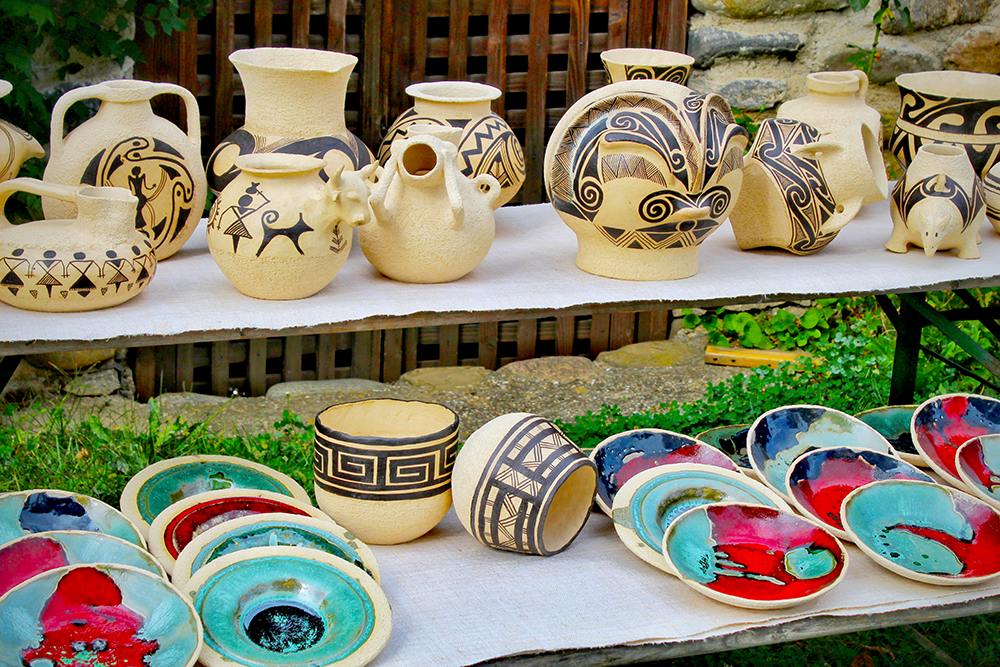

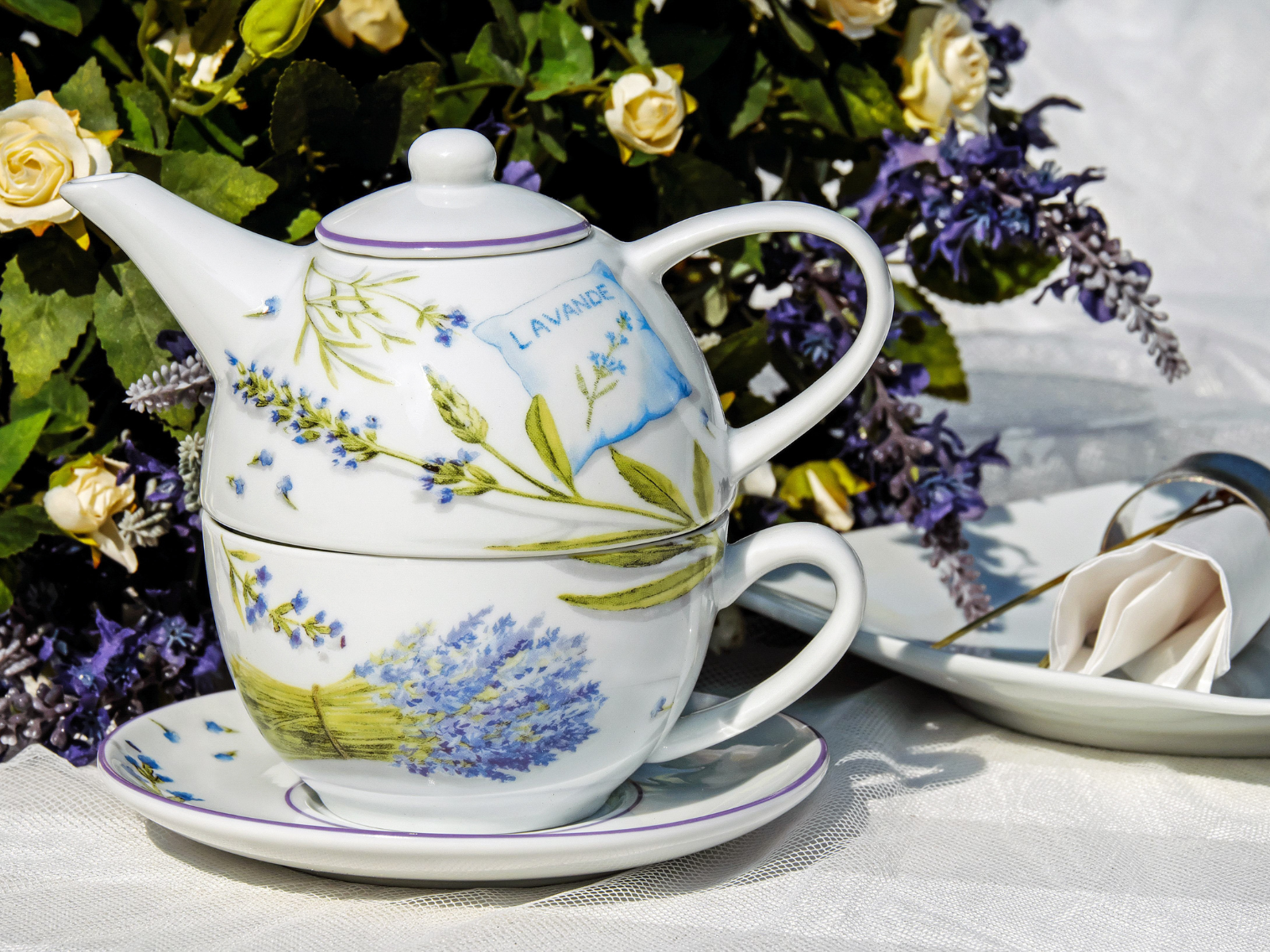
Eager to learn more about maiolica pottery? Check out Ceramic Arts Network's video!
Want even more content about creativity and art?
Be sure to check out all of our creative chronicles!
Love pottery and working with clay?
Check out some of our other ceramic articles:
-What is the difference between ceramics and pottery?
-How can you tell the difference between pottery and porcelain?
-What is more expensive: stoneware or porcelain?
-Is stoneware the same as ceramic?
